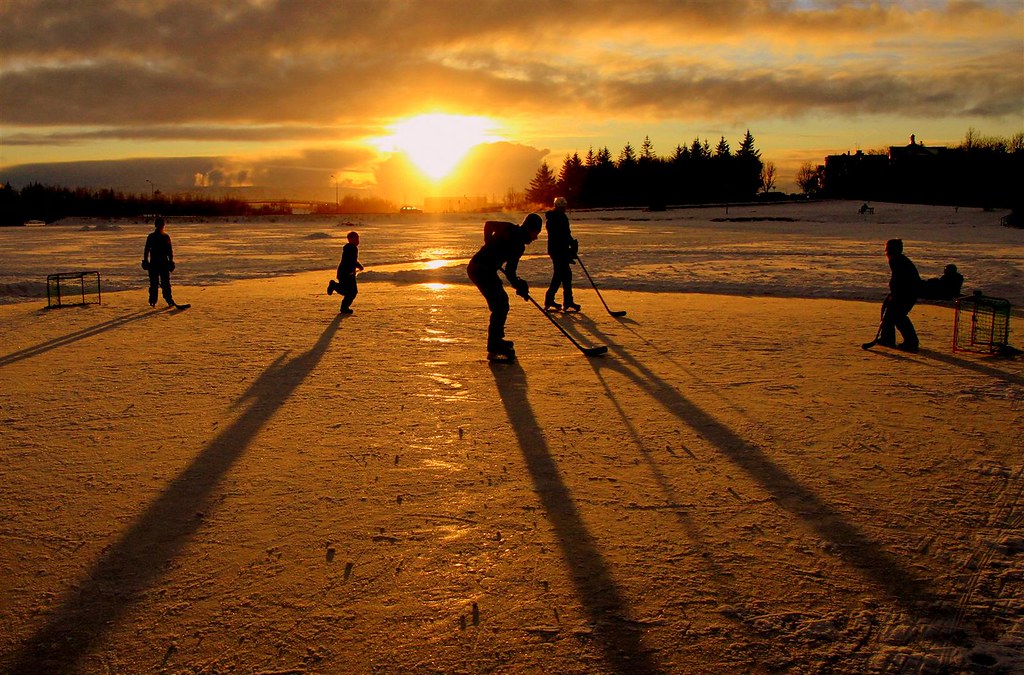4541
Flat Earth Theory / Re: Disproof: Clouds lit from below at sunset.
« on: January 29, 2018, 10:06:43 PM »That side view scene does not properly incorporate perspective. See the p-brane video that talks about those kind of scenes.Well, it does "properly" incorporate perspective in that it doesn't incorporate it at all. Because it doesn't need to. My diagram shows how silly your claim is. The person has moved their hand so it looks from their perspective as if the distant light is below the level of their hand. But in real life lamps are taller than people so the shadow is still angled downwards.
I have watched the video.
p-brane is wrong about perspective.
Rowbotham is wrong about perspective.
You are wrong about perspective.
Think about how a shadow is cast. Photons from a light source hit an object. The angle of the shadow depends on the PHYSICAL relationship between the light source and the object.
Long shadows at sunset prove the sun is physically on the horizon. As I said you can prove this with an object and a torch in a dark room. Put the object on the floor and do an experiment. See if there is any other way of casting long shadows other than putting the torch near floor level. A sun 3000 miles high and 6000 miles away horizontally simply cannot do that.
To add:
The crazy claim that:
Quote
The distant lamp post is now looking up at your hand. The distant lamp post has the opposite perspective. It sees you at the horizon and it sees your hand slightly above the horizon, and therefore its photons are angled upwards at it.
From the person in my excellent diagram's perspective the lamp does look like it is above his hand.
From the person looking from the side's perspective - whose point of view I have drawn - you can see that the lamp is physically above the level of the person's hand. Of course it is. Lamp posts are taller than people.
If your claim was correct then the person with his hand up would see the shadow angled upwards, the person standing at the side would see it angled downwards because of their different perspectives. How can you possibly think that is so? The shadow is angled how it is angled for both people.





